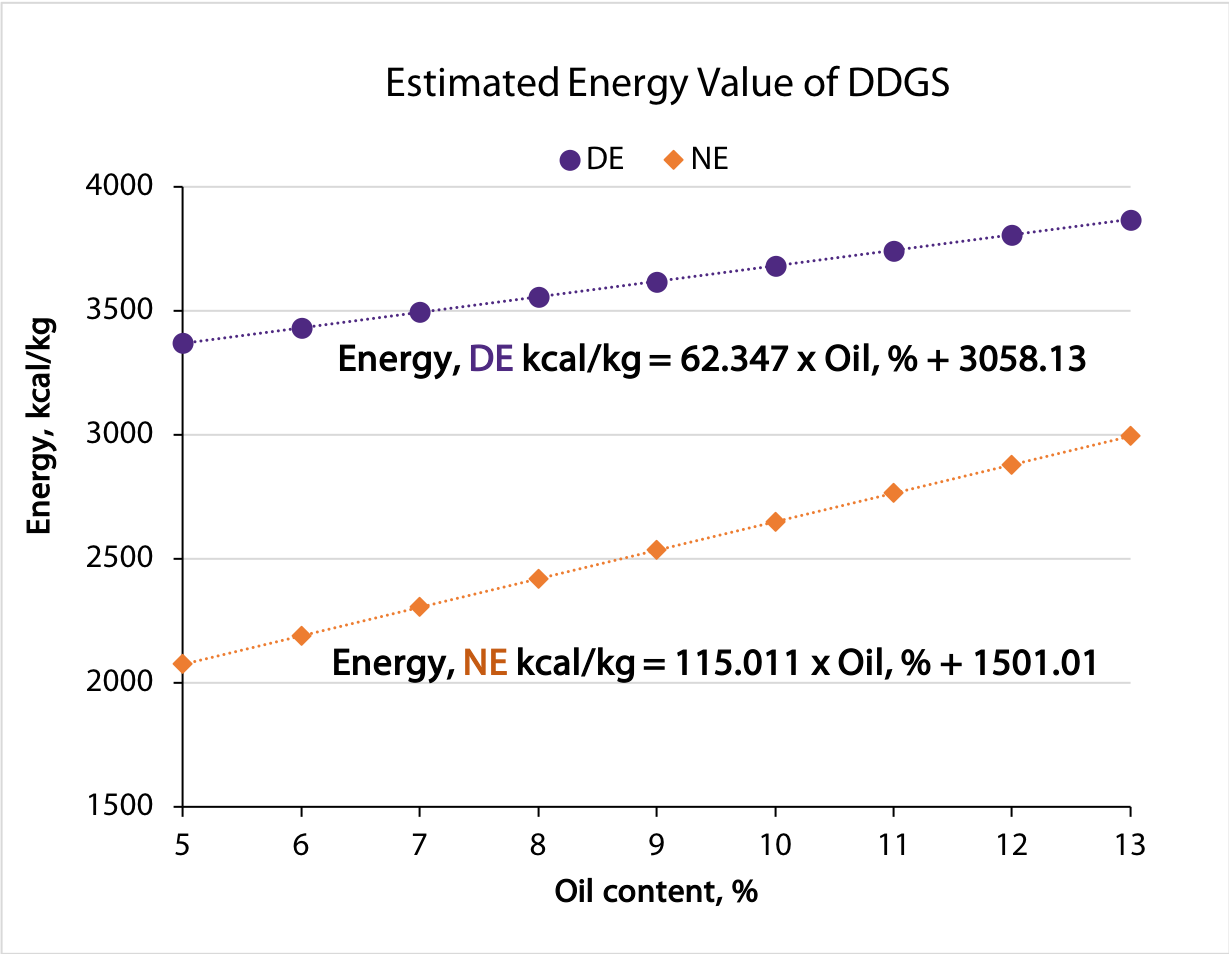Corn co-products derived from the wet milling industry include corn gluten feed and corn gluten meal, whereas corn hominy feed is a corn co-product from the dry milling industry. The milling processes fractionate corn into its components to produce a variety of food products while the product streams are utilized in feeds.
Corn gluten feed is derived from the wet milling industry and contains many product streams from the milling process. Because of that, the composition of corn gluten feed is typically more variable than that of other corn co-products (Stein et al., 2016). Corn gluten feed contains very low concentration of starch and high fiber content, which results in lower energy value compared to corn (NRC, 2012).
Corn gluten meal is also derived from the wet milling industry and is considered a high protein co-product, containing around 60% crude protein (NRC, 2012). However, the amino acid profile in any corn co-product is similar to that of corn, which is not the ideal profile for swine (Almeida et al., 2011). Corn gluten meal is considered as a partial corn replacement due to its lower fiber content compared to other corn co-products (NRC, 2012).
Corn hominy feed is derived from the dry milling industry and contains a combination of corn bran, germ, and starch. Corn hominy feed is the corn co-product with the most similar composition to that of corn (NRC, 2012). The concentration of starch and oil is greater than any other corn co-product (NRC, 2012). Corn hominy feed is, therefore, considered suitable for use as a partial corn replacement in swine diets (Stein et al., 2016).


